European Space Agency & SSTL to launch Lunar positioning Small Satellites
19th May 2022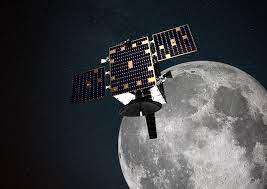
The European Space Agency continues its work on NaviMoon, a satnav receiver technology soon to be tested onboard the Lunar Pathfinder spacecraft. The receiver is designed to position lunar signals from GNSS small satellites. Lunar Pathfinder will carry the receiver to the lunar orbit and will become one of the first orbital missions for the UK company Surrey Satellite Technology Ltd (SSTL).
SSTL Innovative Technology
Lunar Pathfinder, developed by SSTL, is essentially a relay satellite that should carry a NaviMoon satnav receiver developed under the European Space Agency initiative. The technology will orbit the lunar elliptical orbit, serving both far and near sides of the Moon.
The Lunar Pathfinder mission was announced in 2020 and the launch is expected in 2024, and the European Space Agency NaviMoon receiver will be carried as an additional payload. The combination of several small satellites, including a receiver, a reflector, and a transmitter, will enable precise orbit estimation with radio signal alone. With the help of SSTL technology, the European Space Agency expects to achieve accurate positioning of 100 metres or less.
Goals of the European Space Agency
Small satellite signals transmitted to Earth from orbit are faint already, and by the time spacecraft reaches the Moon, they will become fainter still. Besides, GNSS antennae are directed towards the Earth, so connectivity on the Moon is practically non-existent right now. The NaviMoon receiver is equipped with a special amplifier that should address this problem. The amplifier covers two frequency bands and uses a high-performance heat sink to reduce noise.
Later this year, the ESA plans to complete the flight test model for its NaviMoon technology. Starting from the first SSTL Pathfinder launch in 2024, the European Space Agency plans to put 3 to 4 small satellites into lunar orbit, which will eventually ensure 24-hour connectivity and full coverage of the Moon surface.
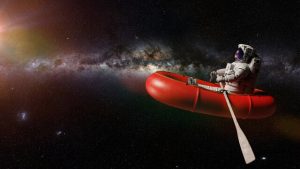
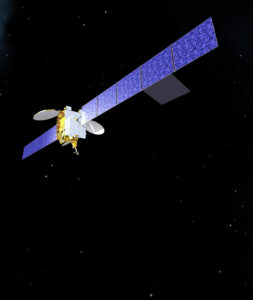
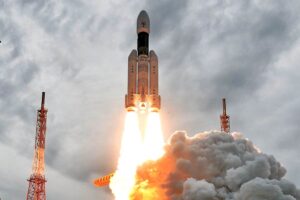
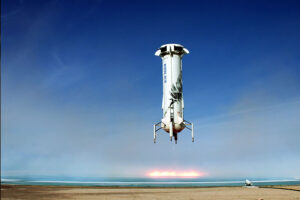

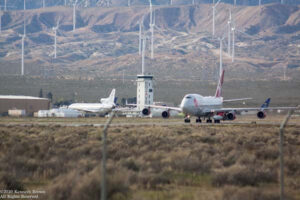
Thank you for your comment! It will be visible on the site after moderation.